Top 5 National Parks to Visit Before Monsoon Shutdowns
Explore these wild wonders now—before the rains wash away your safari plans.
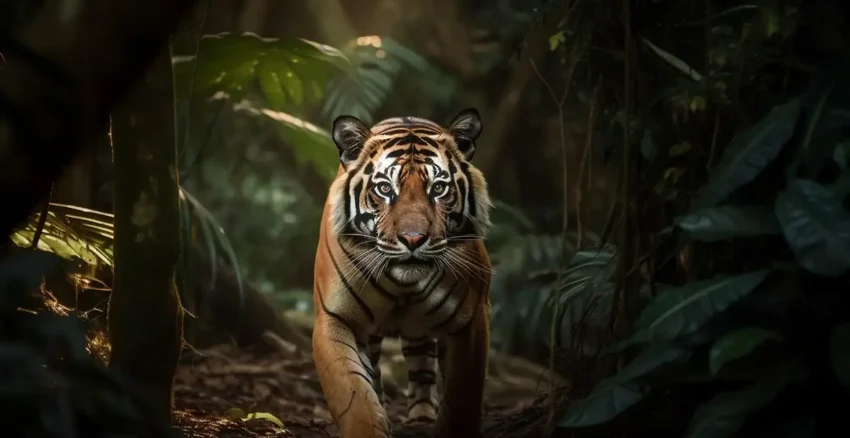
Come June, many of India’s national parks shut down temporarily due to the monsoon. Roads become slippery, rivers swell, and animals retreat deeper into the forests. But before the forest gates close, now is the time to head out on that long-overdue adventure.
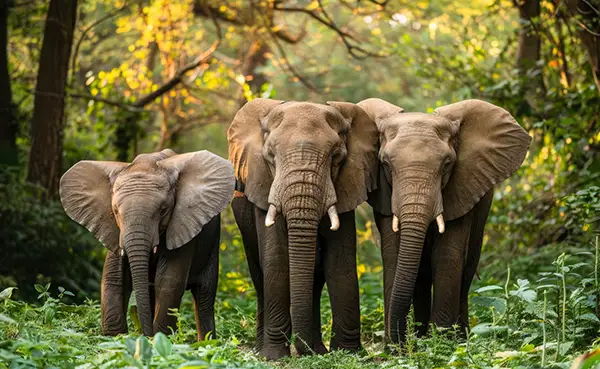
1. Jim Corbett National Park – Uttarakhand
Location: Nainital District, Uttarakhand
Area: 1,318 sq km
Known For: Being India’s oldest national park and the birthplace of Project Tiger in 1973.
Interesting Fact:
Jim Corbett is one of the few parks in India that allows overnight stays inside the forest zones, giving you a true jungle experience.
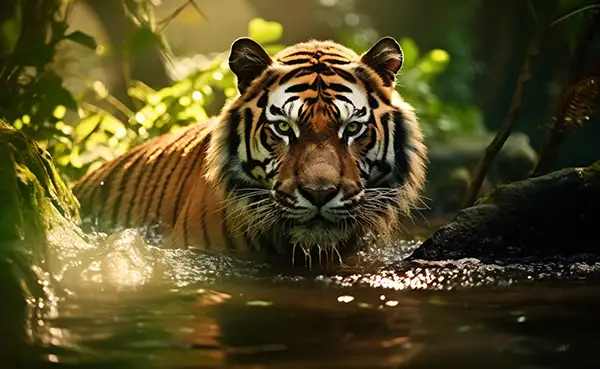
2. Ranthambore National Park – Rajasthan
Location: Sawai Madhopur, Rajasthan
Area: 1,334 sq km (with buffer zone)
Known For: Its bold and fearless tigers and the iconic Ranthambore Fort inside the park.
Interesting Fact:
Many of Ranthambore’s tigers are so famous they have names and Instagram fan pages — like Arrowhead, Riddhi, and Siddhi!
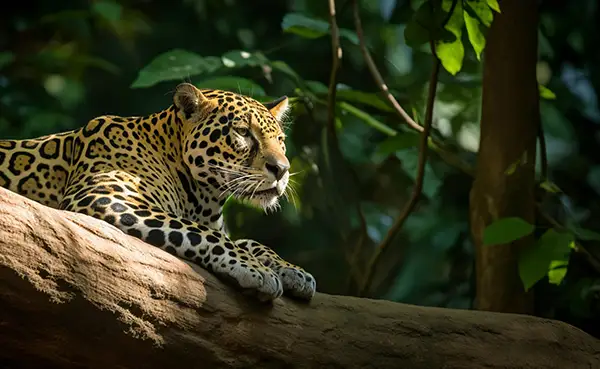
3. Bandhavgarh National Park – Madhya Pradesh
Location: Umaria District, Madhya Pradesh
Area: 1,536 sq km (with buffer)
Known For: Highest density of Royal Bengal Tigers in India.
Interesting Fact:
The ruins of the ancient Bandhavgarh Fort inside the park are believed to be over 2,000 years old, giving the forest a mystical charm.
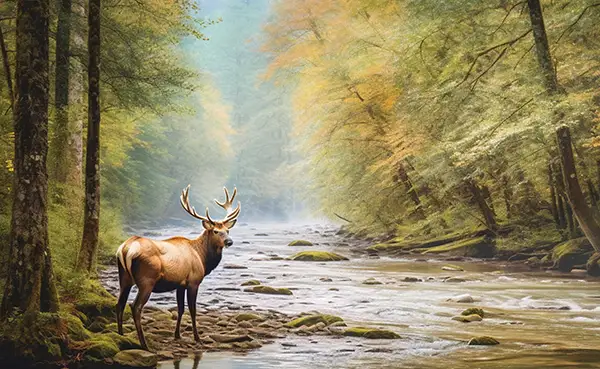
4. Kanha National Park – Madhya Pradesh
Location: Mandla & Balaghat districts, Madhya Pradesh
Area: 940 sq km (core), 2,000+ sq km (total with buffer)
Known For: The real-life inspiration for Rudyard Kipling’s “The Jungle Book.”
Interesting Fact:
It’s the first park in India to introduce a Mascot – “Bhoorsingh the Barasingha” – to raise awareness for conservation.
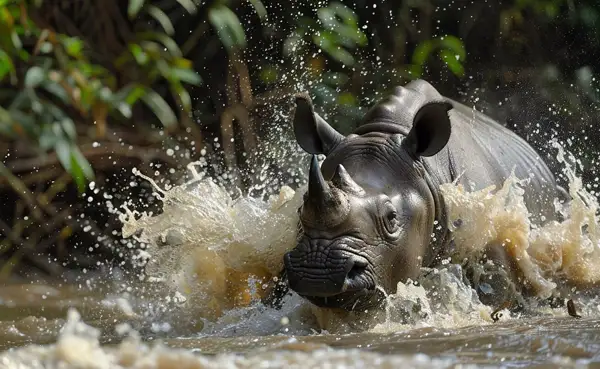
5. Kaziranga National Park – Assam
Location: Golaghat & Nagaon districts, Assam
Area: 1,090 sq km
Known For: Hosting two-thirds of the world’s population of one-horned rhinoceroses.
Interesting Fact:
Kaziranga is not just about rhinos—it also has tigers, elephants, wild buffalo, and over 480 species of birds.
Why Visit Before Monsoon?
During the monsoon, most parks close (typically from June to September) to let wildlife breed and the forest rejuvenate. Roads become unsafe, and animal sightings drop sharply. That’s why April–May is your final call for a true wilderness experience.
Always book safaris through authorized government websites or forest offices. Respect wildlife, follow eco-rules, and carry your camera—you never know when a tiger might give you a show!
Inflect.in — Your daily dose of stories that inform, inspire, and ignite curiosity. Follow us for more!
Inspire
Latest Post

AI in Healthcare: Smarter, Faster, and Accessible

Is Co-Sleeping Safe for Babies? Pros, Risks,

Pomegranate Benefits: Why Eating Anar or Drinking

Ma Yansong: Shaping the Future of Architecture

AI in Healthcare: Smarter, Faster, and Accessible

Is Co-Sleeping Safe for Babies? Pros, Risks,

Pomegranate Benefits: Why Eating Anar or Drinking








